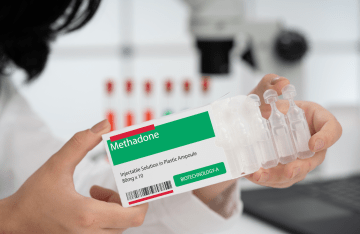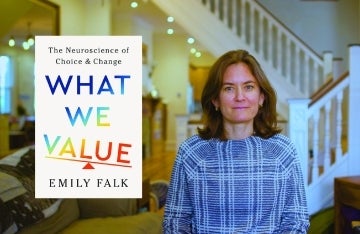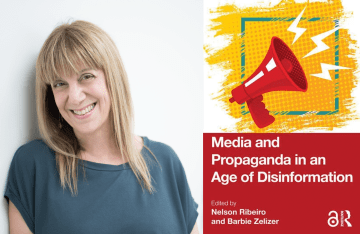Can Social Media Be Less Toxic?
A new study by Annenberg doctoral student Timothy Dörr explores how social media can encourage good behavior online.

In an era where online interactions can be both motivational and toxic, researchers from the Computational Social Science Lab (CSSLab) at the University of Pennsylvania are interested in what encourages prosocial behavior — acts of kindness, support, and cooperation — on social media.
In a new paper in Nature Human Behavior, CSSLab member Timothy Dörr, a doctoral student at the Annenberg School for Communication at the University of Pennsylvania, along with lab director Professor Duncan Watts and coauthors, outlines a research plan to help scholars, policymakers, and corporate leaders identify factors that shape prosocial behavior on social media. They range from encouraging charitable giving to fostering neighborhood connections.
“Social media has the power to bring people together, but it can also drive division,” says Dörr. “While early proponents believed social media would naturally encourage connection and empowerment, we’ve learned that platforms can benefit from intentional design.” He added that by understanding what motivates users to engage constructively, social media environments can be designed that truly benefit society.
Social Media Success Stories
The researchers identified three key ways in which social media platforms currently encourage prosocial behaviors: by empowering new communities, enabling collective problem-solving, and expanding the reach of philanthropy.

One example of prosocial behavior is “Buy Nothing” groups on Facebook. These are “gifting communities” where members offer goods and services to their neighbors for free without direct reciprocation.
“These neighborhood gifting groups show how digital platforms can help people clear out unwanted items while connecting with local neighbors,” says Dörr. “Someone gets rid of something they no longer need, someone else receives something useful for free, and in the process, local community connections get strengthened.”
Other examples include Reddit communities that support people coping with chronic diseases, viral charitable giving campaigns like the Ice Bucket Challenge, which aimed to raise awareness and research funding for ALS, and victims of natural disasters using geolocated tweets to help inform rescue operations.
Encouraging Prosocial Behavior on Social Media
While many studies have attempted to understand why bad behavior thrives on social media, few have looked at what might encourage positive behavior online — and how technologists, scholars, and designers could use this information to craft better social networks.
The research team pinpointed four key areas for future study: network features, platform affordances, social norms, and sustainable prosocial behavior. Their proposed research agenda suggests examining everything from how social media content is moderated to how algorithms shape behavior and if governmental oversight can make a difference in online behavior.
With the insights from this research, the team hopes that social media platforms can evolve to spaces that promote positive and supportive interactions.
“With billions of people interacting on social media daily, we have an unprecedented opportunity to design platforms that encourage positive, supportive interaction,” Dörr says. “We need systematic research to unlock the potential of social media as a force for good.”
“A research agenda for encouraging prosocial behaviour on social media” was published in Nature Human Behavior and authored by Timothy Dörr, Trisha Nagpal, Duncan Watts, and Chris Bail.



